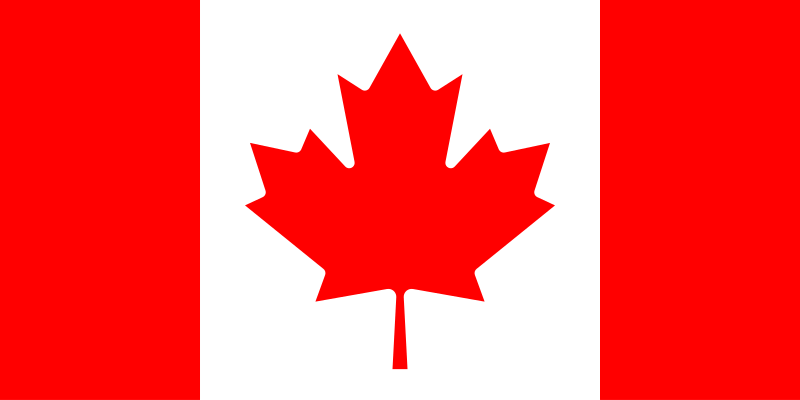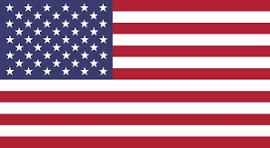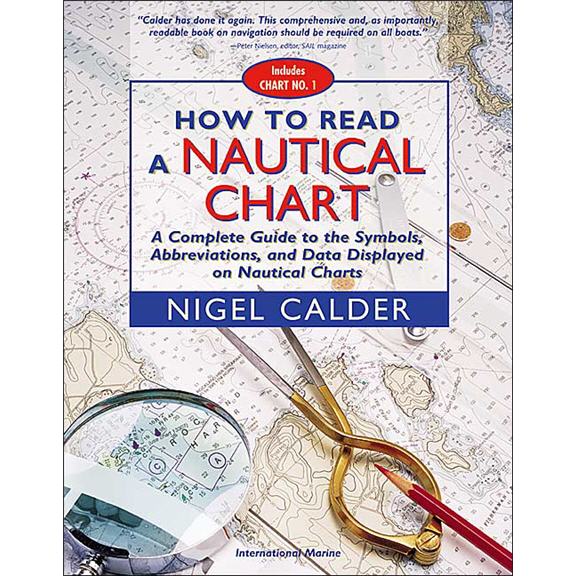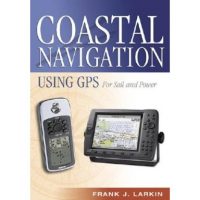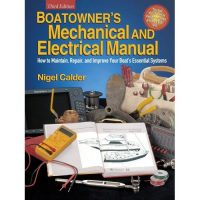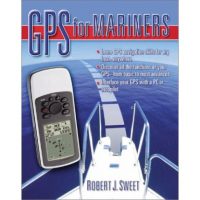Description
The best handbook on chart usage, from one of the most trusted names in boating!
In 2000, the U.S. government ceased publication of Chart No. 1, the invaluable little book that generations of mariners have consulted to make sense of the complex system of signs, symbols, and graphic elements used in nautical charts. Now Chart No. 1 is not just reborn but expanded and improved in How to Read a Nautical Chart. The demand for a book like this has never been greater.
Arranged and edited by Nigel Calder, one of today’s most respected boating authors, –and containing four-color illustrations throughout,– How to Read a Nautical Chart presents a number of original features that help readers make optimum use of the data found in Chart No. 1, including a more intuitive format, crucial background information, international chart symbol equivalents, electronic chart symbology, and thorough explanations of the practical aspects of nautical chart reading.
Table of Contents
Acknowledgments and Art Credits
Introduction
Part 1. The Limits of Accuracy
Chapter 1. Fundamental Chart-Making Concepts
Chapter 2. Horizontal Chart Accuracy
Chapter 3. Vertical Chart Accuracy
Part 2. Symbology
Chapter 4. Introduction to INT-1
Chapter 5. Topography
Chapter 6. Hydrography
Chapter 7. Aids and Services
Part 3. Appendix
Index to INT-1
Glossary and Acronyms
Common Chart Abbreviations
Bibliography
General Index
Biographical Note
Nigel Calder has decades of sailing and cruising experience and is one of the world’s foremost marine writers. He is the author of seven books, including Nigel Calder’s Cruising Handbook and Boatowner’s Mechanical and Electrical Manual, and has written more than 300 articles for magazines such as SAIL, Ocean Navigator, and Cruising World.
Back Cover Copy
“Calder has done it again. This comprehensive and, as importantly, readable book on navigation should be required on all boats.”–Peter Nielsen, editor, SAIL magazine
“This is a wonderful chart companion: an intriguing investigation of chart development combined with practical, hands-on data on how to really put a chart to use.”–Tim Queeney, editor, Ocean Navigator
Charts, whether paper or electronic, are your most fundamental navigational tool. Using them to your best advantage requires a thorough understanding of the symbols and abbreviations and an awareness of the limits of accuracy in positions and soundings.
Did you know, for example, that hydrographic standards used to collect the majority of data on modern charts are considerably less accurate than GPS position fixes? That the majority of soundings still come from lead-line surveys? That a wreck symbol surrounded by a dotted circle means it is considered dangerous? That there are four different kinds of rock symbols, each with a different meaning? And that the definition of “danger” has changed over time and will depend on the age of your charts?
In How to Read a Nautical Chart, trusted boating authority Nigel Calder answers these and hundreds of other questions clearly and concisely. He covers in detail:
- Fundamental chartmaking concepts in plain language
- The limits of accuracy of modern charts (paper and electronic)
- Dozens of full-scale illustrations from actual charts
- Expanded versions of U.S., British, and international chart symbology descriptions contained in NOAA’s Chart No.
- 1, the British Admiralty’s Chart 5011, and the IHO’s INT-1
- And much more essential information designed to improve vital chart-reading skills
How to Read a Nautical Chart should be on every navigator’s bookshelf.
“Nigel’s enthusiasm and insight turn a mundane chart into a map of buried treasure. Every navigator should stow a copy in the chart table.”–Paul Gelder, deputy editor, Yachting Monthly

